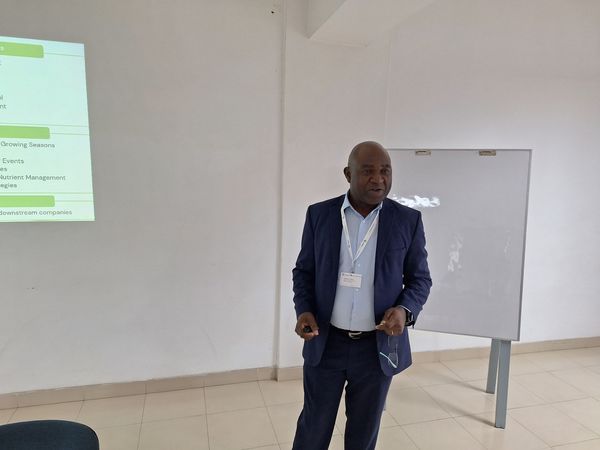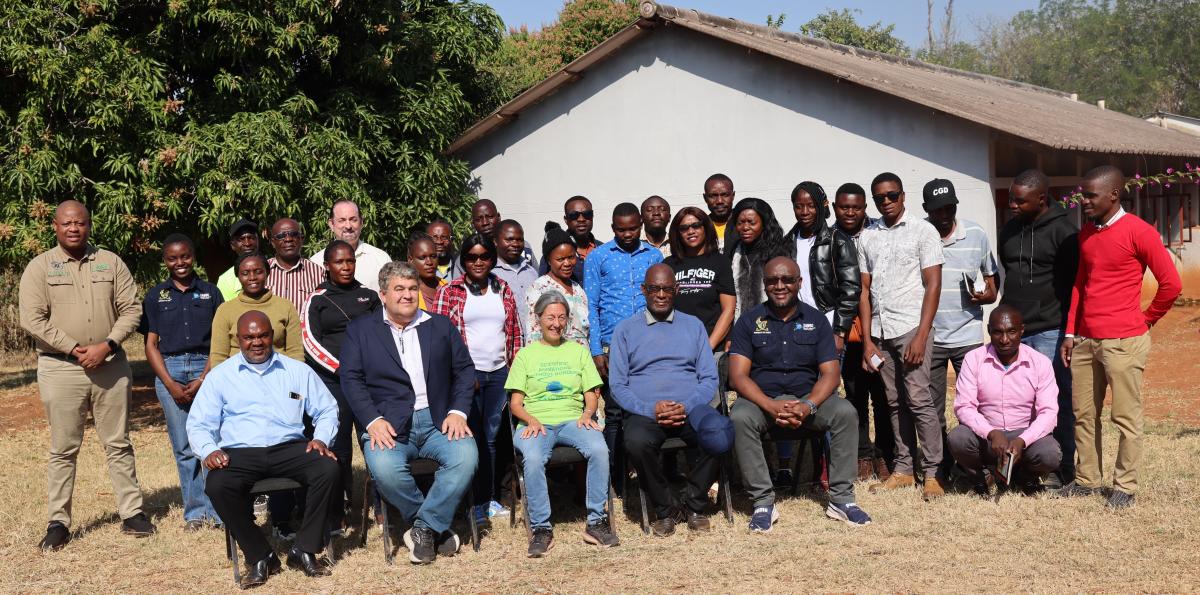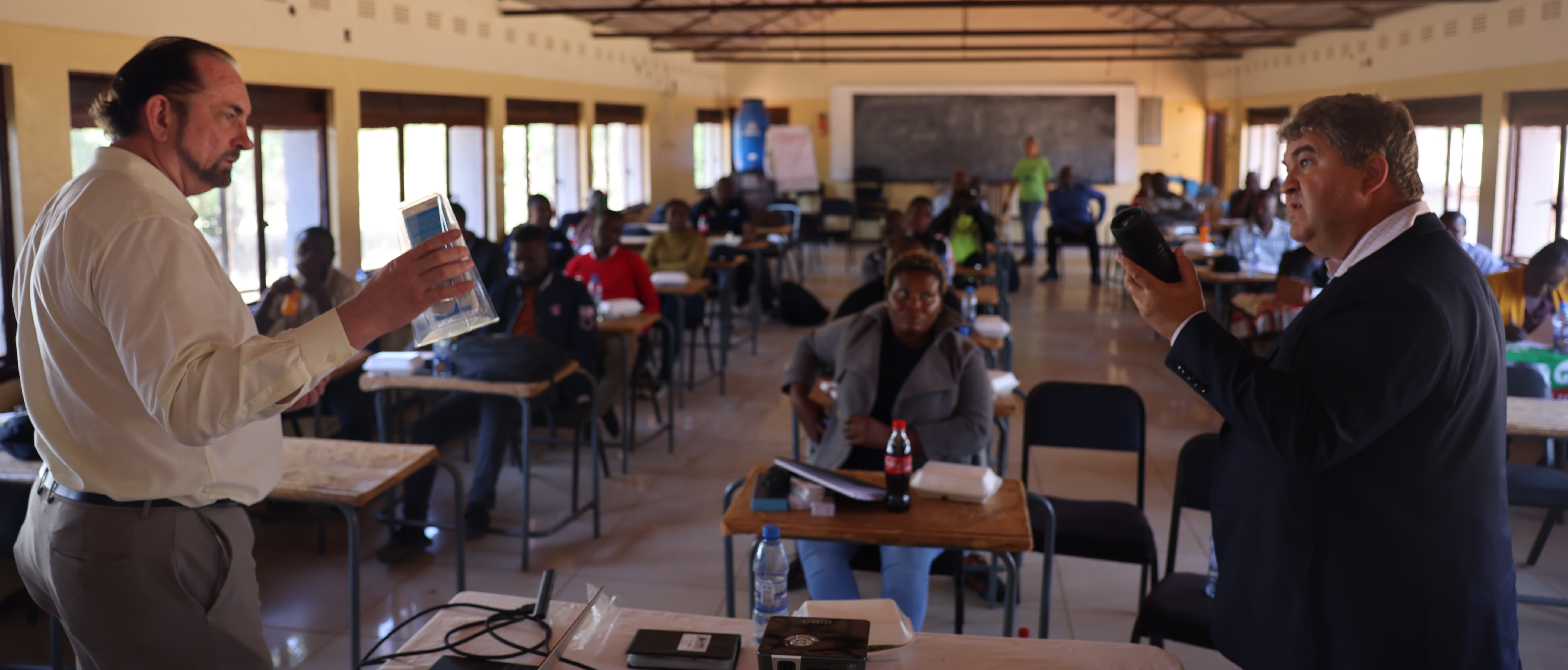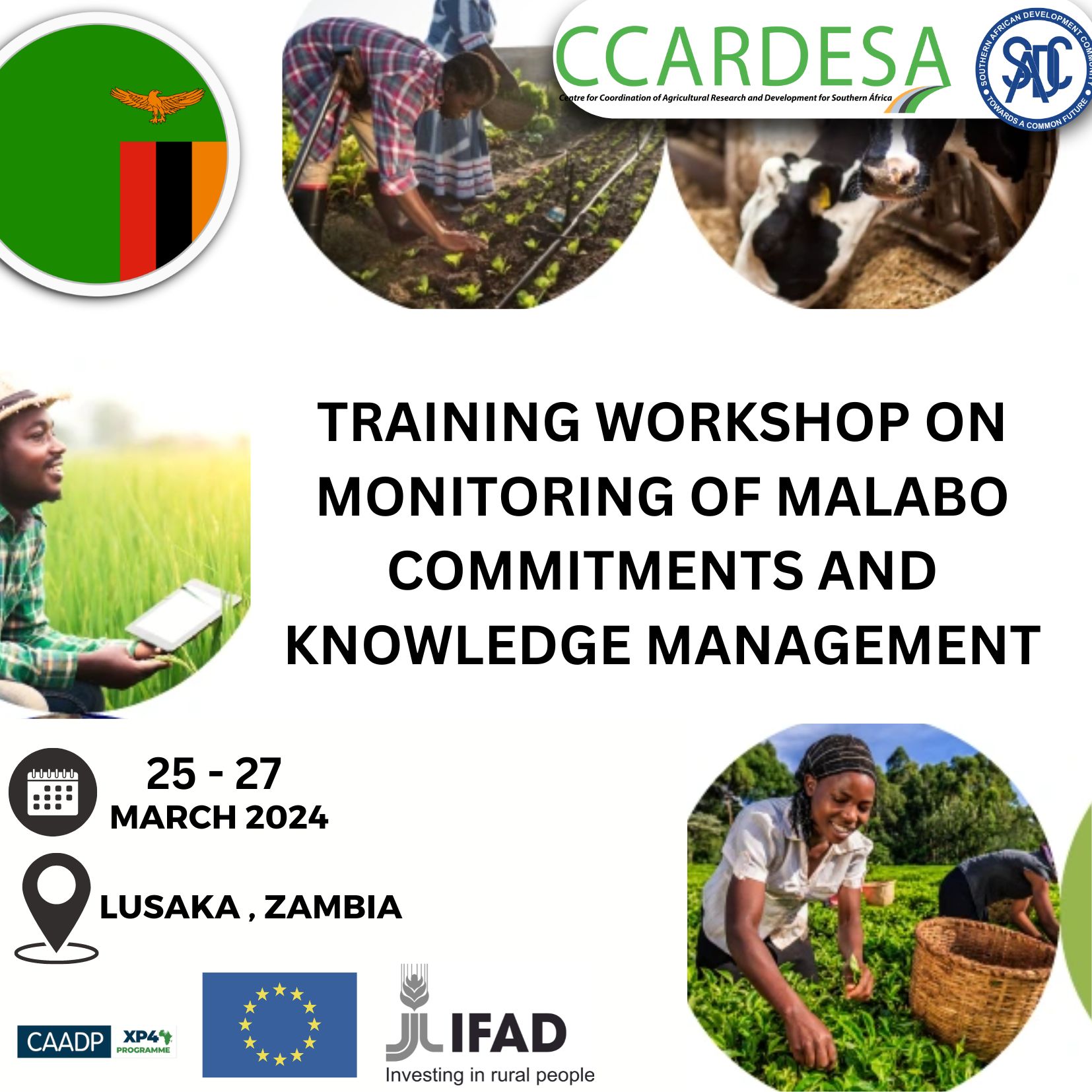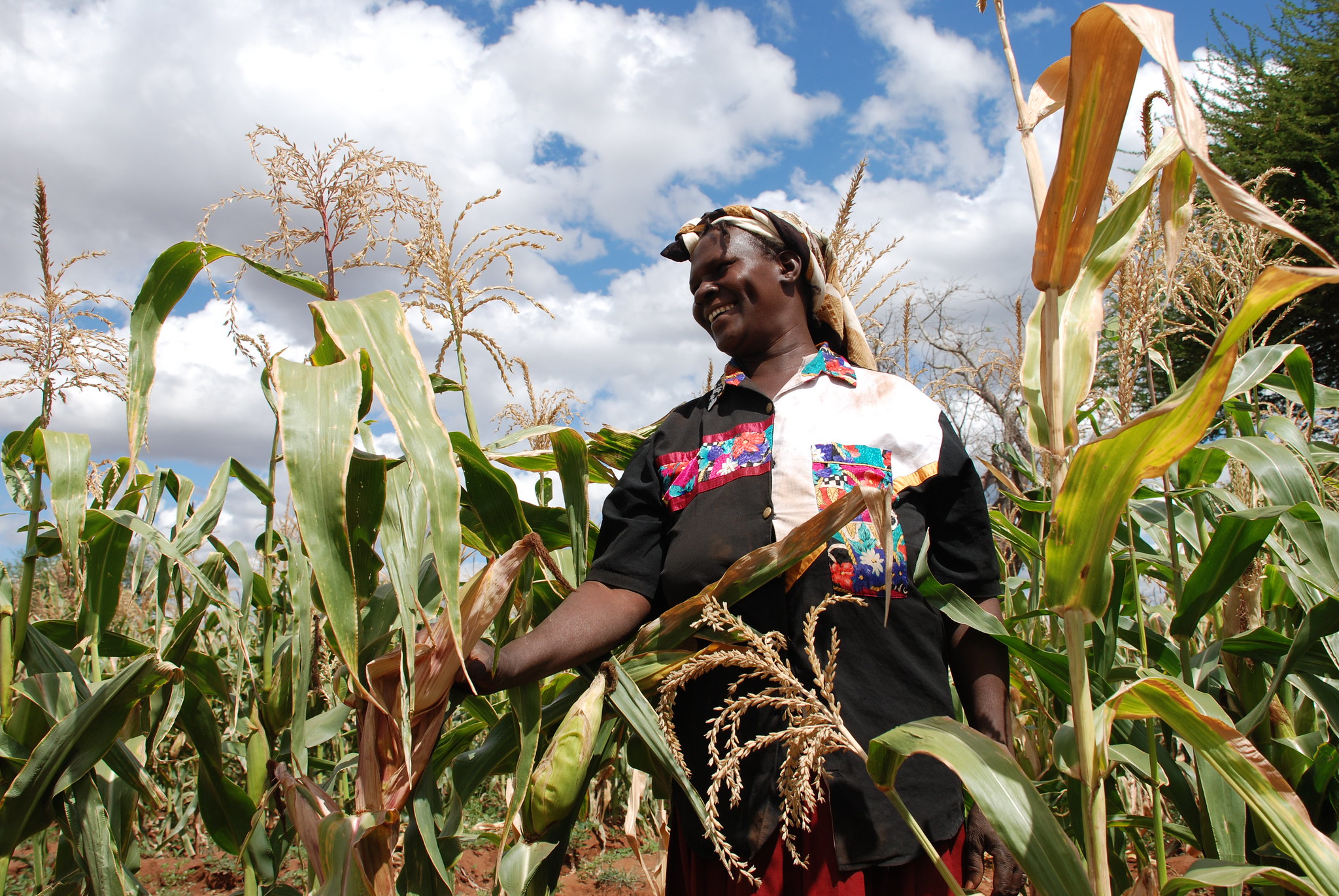Seed quality of selected bottle gourd landraces compared with popular cucurbits
Bottle gourd (Lagenaria siceraria (Molina) Standl.) is an indigenous crop that is available only as landraces in sub-Saharan Africa, although it has a great potential for food security. Pumpkin (Cucurbita maxima L.) and cucumber (Cucurbita pepo L.) are exotic crops that have similar food roles as bottle gourd. There is no information on the seed quality of bottle gourd landraces found in sub-Saharan Africa. It was hypothesised that the hybrid seeds of closely related species would have better seed quality than bottle gourd landraces. Three landraces of bottle gourd were compared with two pumpkin cultivars and one cucumber cultivar for germination capacity and associated parameters (mean germination time and germination velocity index) as well as seedling establishment. Results showed that the germination trend was similar for all varieties, but there was a significant (P<0.05) difference among them with respect to all parameters. There was no distinct evidence of differences in seed quality to permit separation of seeds by species. It was concluded that bottle gourd landrace seed quality is comparable to the hybrids of pumpkin and cucumber and the established recommendations for testing the seeds of hybrids can be used to test the landraces.




